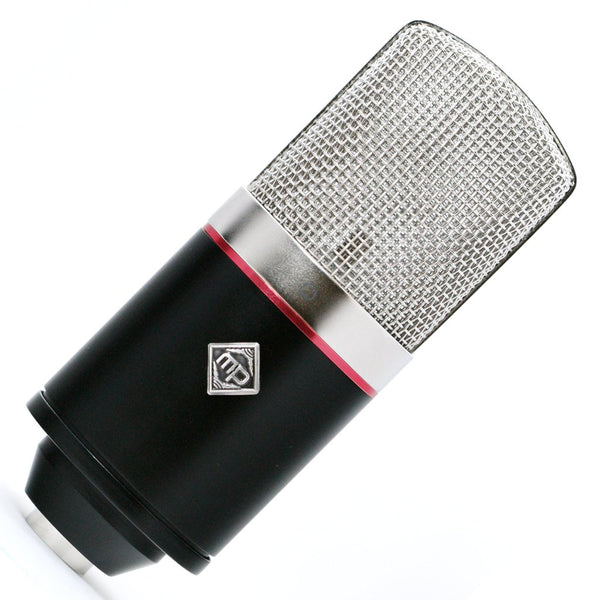radix
Major Contributor
- Joined
- Aug 1, 2021
- Messages
- 1,458
- Likes
- 1,455
I recently assembled a microphone-parts.com mic (the S3-12). I would like to measure it's response and sensitivity. I have a UMIK-2. My plan was to set these up next to each other and record both in REW and see how the S3-12. I have some KH80&KH750 that I was planning to use, likely from the MLP where I calibrated them (about 86cm from KH80s). For the cardioid, I'd use the UMIK in the 0* position and for the fig-8 and omni, I'd using it in the 90* position.
What do you think of this plan? Or other suggestions?
My main goal for this is to see what the response looks like and decide if I should use any EQ caps in it (which they provided). My initial testing is that they are a little bright for me and I want to knock off some of the highs, but I'd like to have a good way to measure them.

 microphone-parts.com
microphone-parts.com
What do you think of this plan? Or other suggestions?
My main goal for this is to see what the response looks like and decide if I should use any EQ caps in it (which they provided). My initial testing is that they are a little bright for me and I want to knock off some of the highs, but I'd like to have a good way to measure them.

S3-12 Microphone Kit
The S3-12 is a world-class FET condenser microphone suitable for all audio sources. Key features include: Our popular RK-12 capsule Our finest transformerless circuit, with "Variable EQ" 3-way pattern switch (Cardioid / Omni / Figure-8) -10dB pad switch The S3-12 is a 3-pattern version of the...
